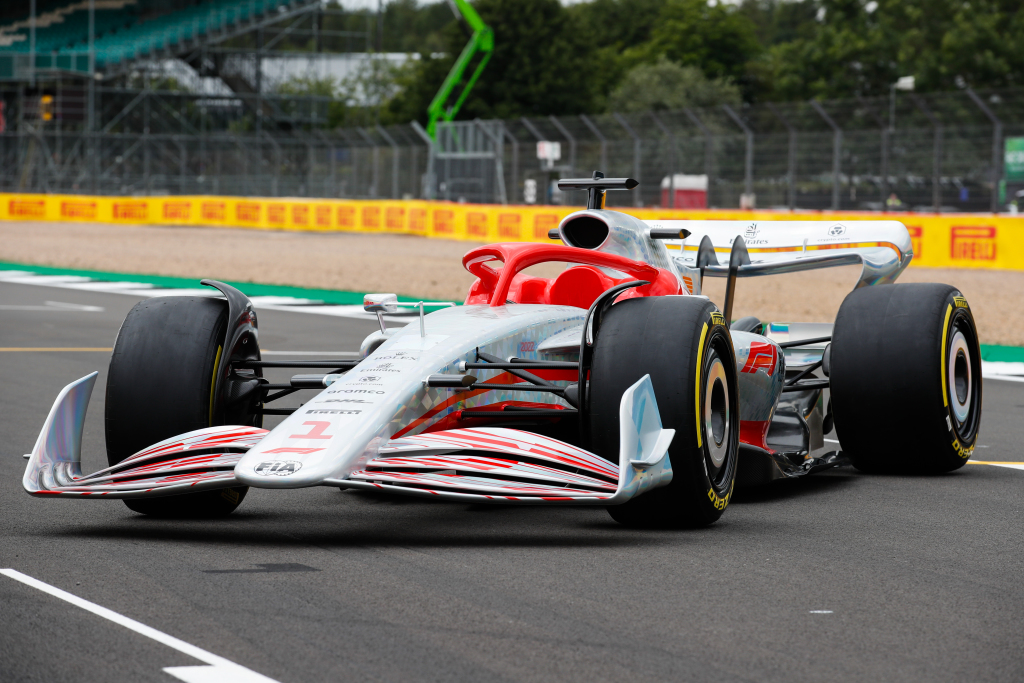The new 2026 technical regulations will address aspects the FIA got wrong with the 2022 cars (pictured above in prototype form at its 2021 launch), according to its single-seater director Nikolas Tombazis.
The governing body has released its planned technical regulations for 2026 that will be ratified at the end of this month, confirming active aerodynamics as part of a slightly smaller and lighter car design. There are also changes to the floor regulations and diffuser impact to try and remove the need for cars to be run as low and stiff as the current ones, that saw the re-introduction of ground effect in 2022.
“A significant part of these regulations has involved thinking about the fans,” Tombazis said. “We believe we made a step towards closer racing in 2022, but there were also things we got wrong and we’re trying to get it completely right now.
“We believe the racing will be much more exciting and much closer between cars. We expect cars to be still very challenging to drive; there will be a bit less downforce on the cars, there will be a few more things to look after for the drivers. And hopefully that, together with the closer racing, will always keep it a drivers’ championship and a big challenge for these very intelligent and talented individuals.”
[lawrence-auto-related count=3 category=1388]
One of the targets of the 2022 regulations was to provide a closer grid due to limitations in aerodynamic development and the introduction of a cost cap, but Red Bull has dominated the sport in recent years.
While convergence is now being seen, Tombazis also believes that there is a better chance of more than one team fighting at the front from 2026 because the cost cap has been in place for a longer time, leading to a leveling of the playing field that hadn’t taken effect two years ago.
“We don’t set out to do regulations with a pecking order in mind — we can never predict who will get it right and who will not,” he said. “But when there are big changes — and these are big changes — we do expect a bit of a reshuffle. We can’t predict the nature of that reshuffle but it is natural to expect one.
“This is the second set of regulations where teams will be developing a car under the cost cap. And that is an opportunity for some of the smaller teams to catch up. The bigger teams can’t just spend irrationally and in all possible directions. All of the teams will need to prioritize and decide on where to put the effort.”
Tombazis noted that teams will also not be able to write off next season completely to focus on 2026, with restrictions on when they car do certain work on the new regulations.
“There are some limitations in the regulations about when teams can develop. For example, teams cannot start any aerodynamic development until 1 January, 2025. That’s to stop certain teams getting, let’s say, a very early start and maybe an unfair advantage. But on the mechanical side, the chassis, the structures, everything, teams will pretty much start as soon as these regulations are confirmed.”
